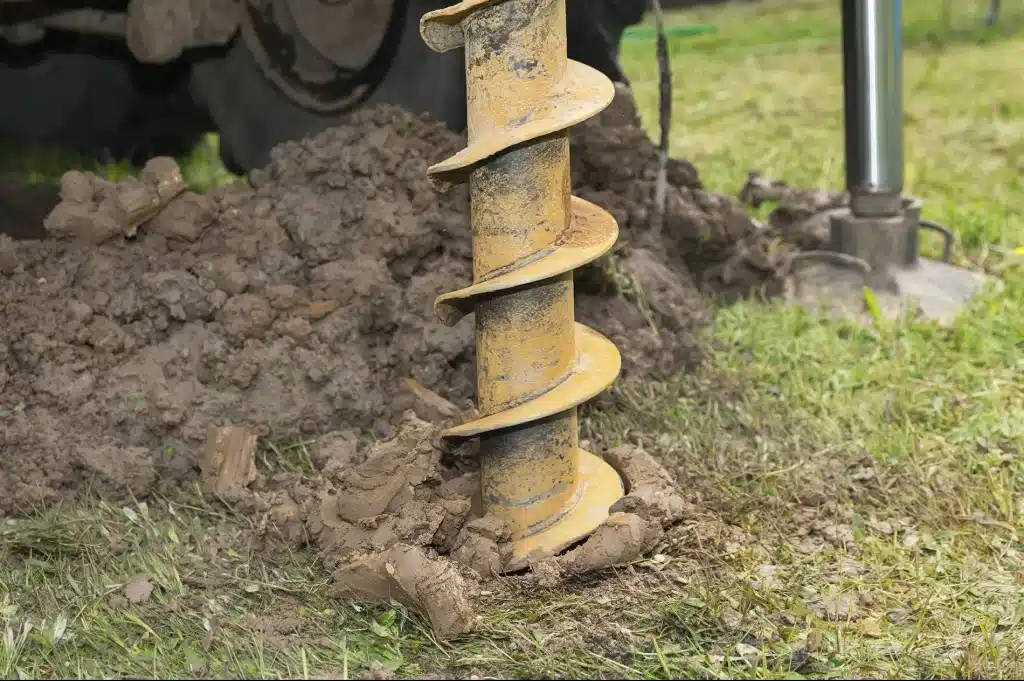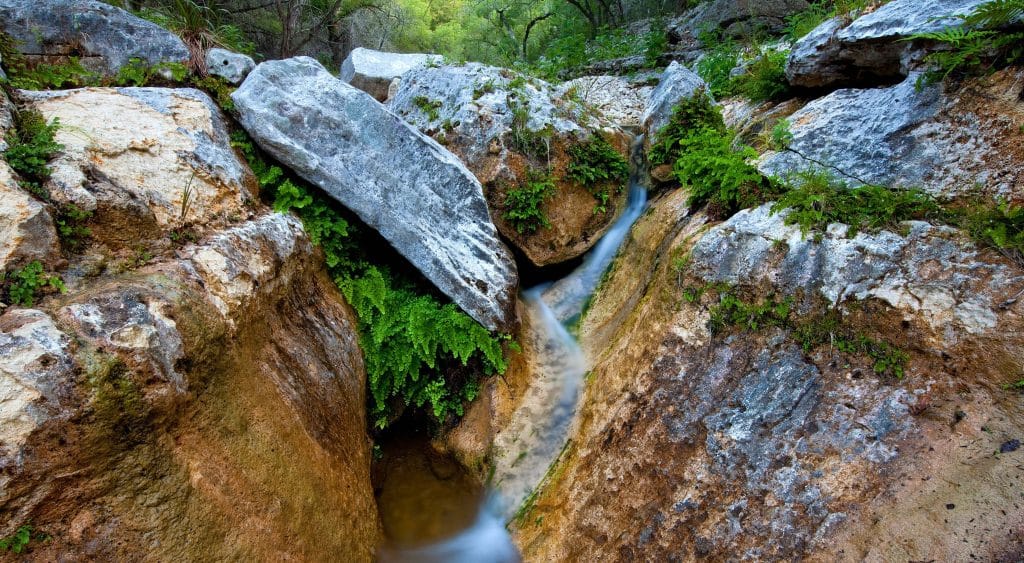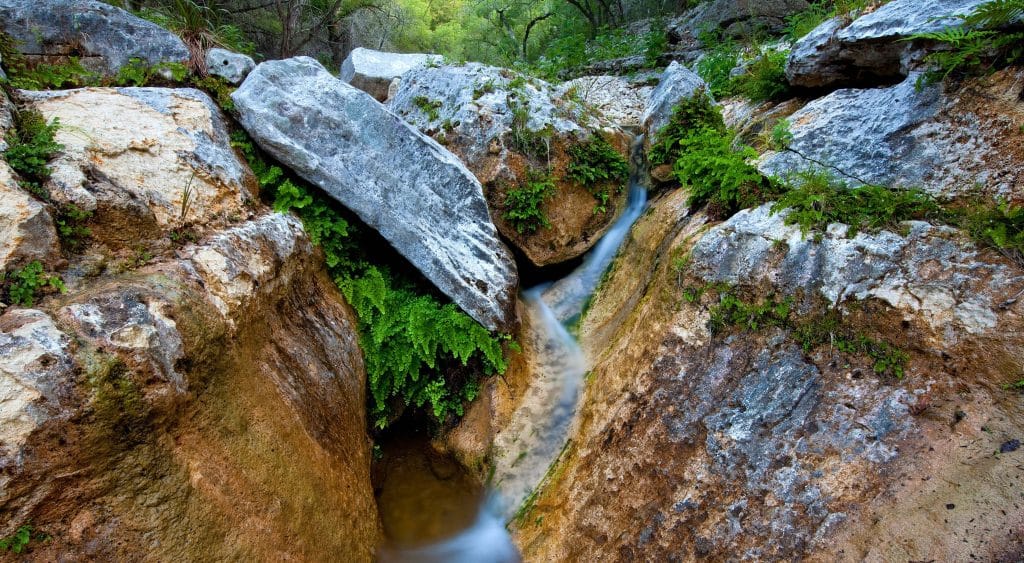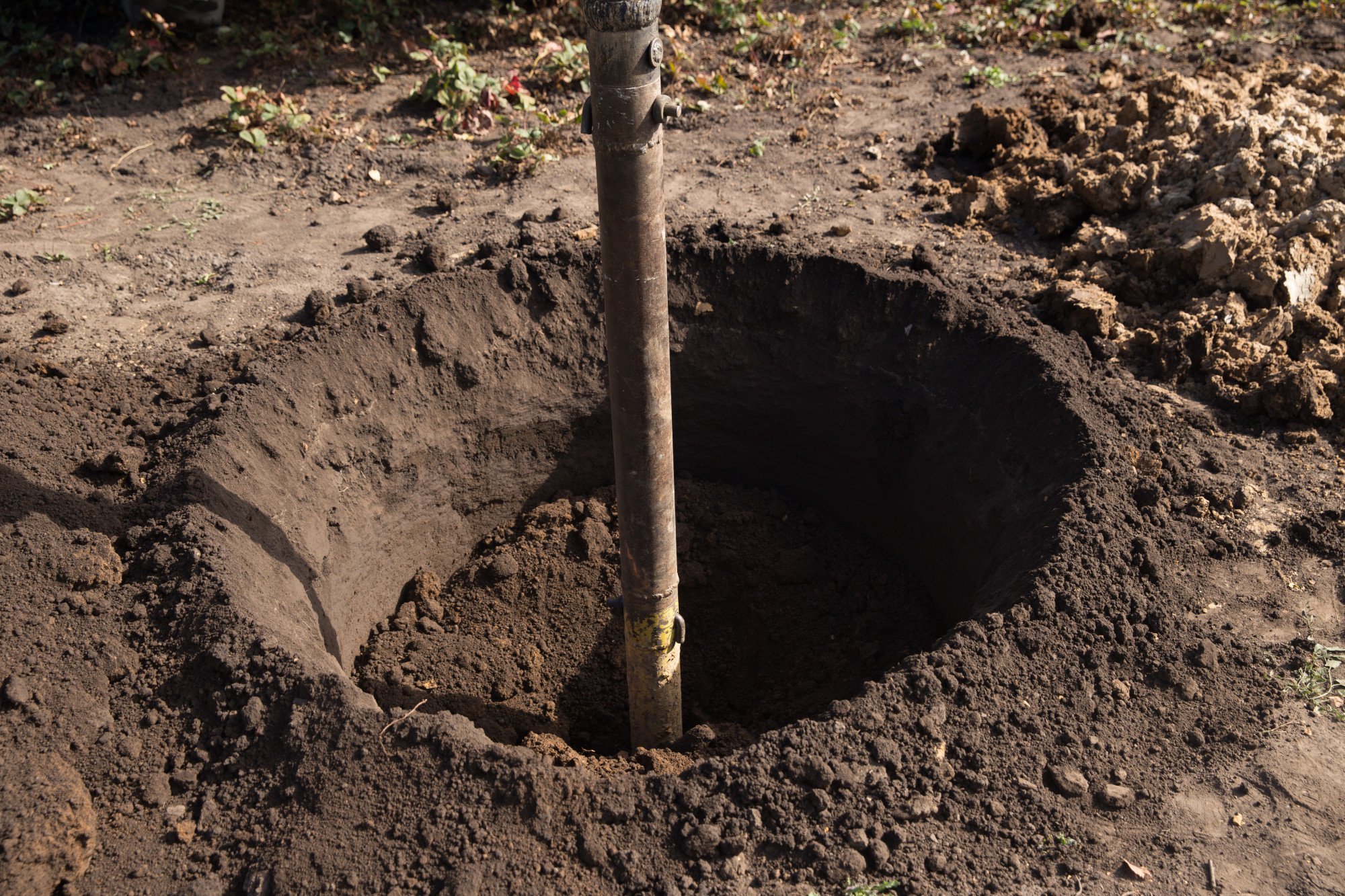People looking to live off grid are generally the ones looking to drill a well, but it should be something you think about even if you live on the grid. This is because wells are a fantastic resource for any homeowner, providing a reliable supply of water while reducing dependence on municipal systems.
This can drastically cut your water bills and lessen your environmental footprint. However, if you’re planning a well, then you should do it in the least disruptive way for the environment. helps maintain the natural balance of your local ecosystem and ensures the longevity of your water source. In this article, we will go over several ways that you can do this.
1 – Prepare Ahead
 When you start planning to dig a well, it’s important to get everything set up right from the beginning so you build a well that doesn’t harm the environment and still meets your water needs.
When you start planning to dig a well, it’s important to get everything set up right from the beginning so you build a well that doesn’t harm the environment and still meets your water needs.
You’ll need to know about any local rules or permits you need to follow when building a well. Following these rules helps you avoid legal problems and makes sure your well is safe and respects the environment. During this stage, try to find trenchless contractors who use non-disruptive methods. These experts can drill your well without doing too much damage to the ground, which helps protect the environment.
Choosing where to put your well is very important. You should pick a place where the ground conditions are good and there’s easy access to groundwater. Stay away from areas that might be polluted, like near factories, septic systems, or farms that use lots of chemicals.
2 – Protect the Aquifer
 Once you’ve decided on the location and method for drilling your well, it’s time to focus on protecting the aquifer. This is the underground layer of water-bearing rock from which your well draws water.
Once you’ve decided on the location and method for drilling your well, it’s time to focus on protecting the aquifer. This is the underground layer of water-bearing rock from which your well draws water.
The first step in protecting the aquifer is to make sure that the drilling process itself doesn’t introduce pollutants. Use clean, uncontaminated drilling equipment and materials, and opt for natural or non-toxic substances whenever possible. For instance, avoid oils and lubricants that can seep into the groundwater unless they are certified as safe.
Equally important is the way you handle the debris and water displaced by drilling. These materials should be managed carefully to prevent spills and leakage back into the soil.
3 – Maintain the Well
 After your well is installed, regular maintenance is essential to keep it operating efficiently. Regular upkeep helps prevent mechanical failures, reduces the risk of contamination, and extends the lifespan of your well.
After your well is installed, regular maintenance is essential to keep it operating efficiently. Regular upkeep helps prevent mechanical failures, reduces the risk of contamination, and extends the lifespan of your well.
Start with periodic inspections of the physical structure of the well. Check for any signs of wear and tear or damage, such as cracks in the casing or issues with the well cap, which can introduce contaminants into the water supply.
Cleaning the well is a critical part of maintenance. This should be done using environmentally friendly methods. Avoid harsh chemicals that can harm the water quality.

